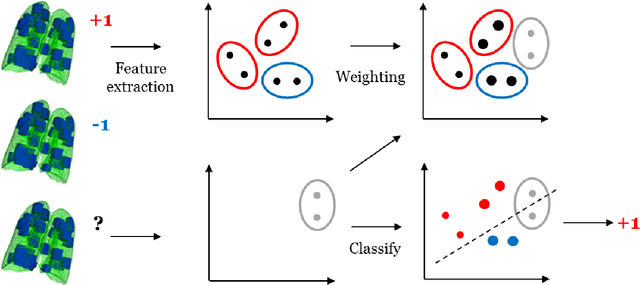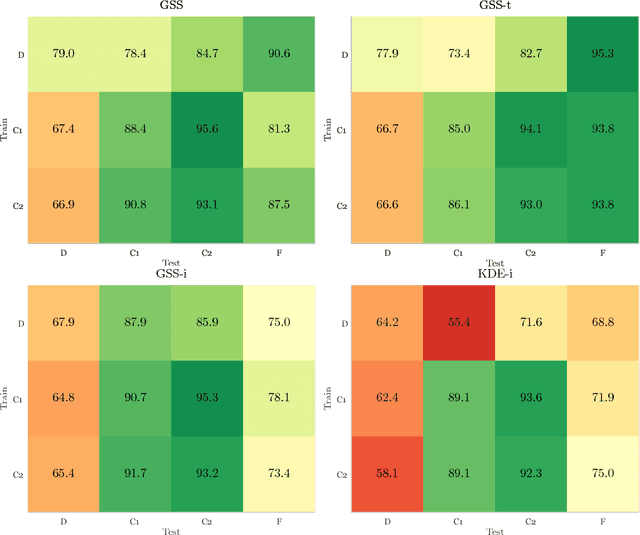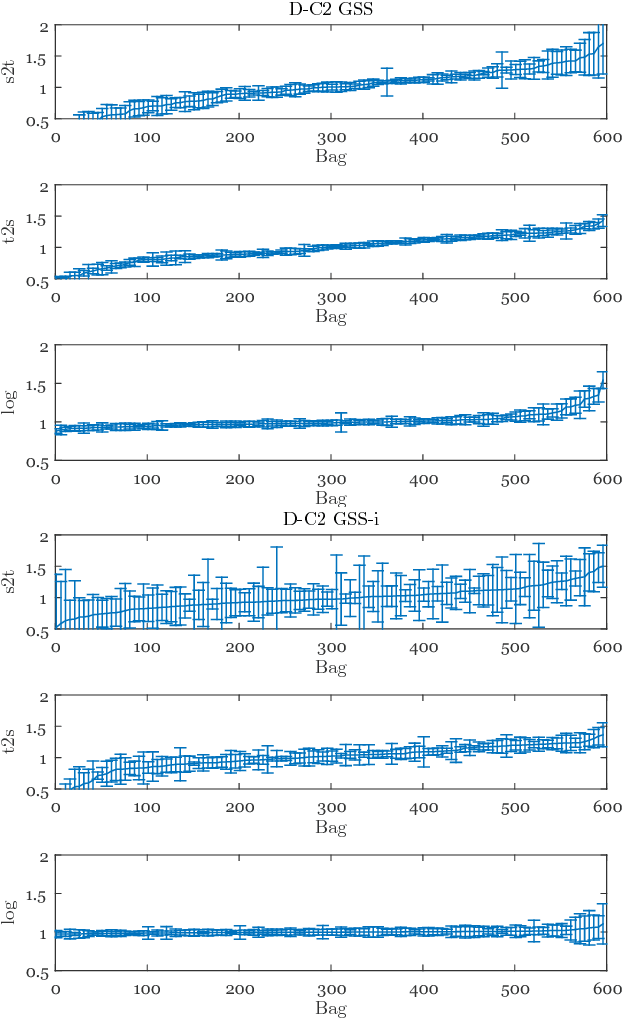David A. Lynch
Function Follows Form: Regression from Complete Thoracic Computed Tomography Scans
Sep 27, 2019



Abstract:Chronic Obstructive Pulmonary Disease (COPD) is a leading cause of morbidity and mortality. While COPD diagnosis is based on lung function tests, early stages and progression of different aspects of the disease can be visible and quantitatively assessed on computed tomography (CT) scans. Many studies have been published that quantify imaging biomarkers related to COPD. In this paper we present a convolutional neural network that directly computes visual emphysema scores and predicts the outcome of lung function tests for 195 CT scans from the COPDGene study. Contrary to previous work, the proposed method does not encode any specific prior knowledge about what to quantify, but it is trained end-to-end with a set of 1424 CT scans for which the output parameters were available. The network provided state-of-the-art results for these tasks: Visual emphysema scores are comparable to those assessed by trained human observers; COPD diagnosis from estimated lung function reaches an area under the ROC curve of 0.94, outperforming prior art. The method is easily generalizable to other situations where information from whole scans needs to be summarized in single quantities.
Transfer learning for multi-center classification of chronic obstructive pulmonary disease
Nov 23, 2017



Abstract:Chronic obstructive pulmonary disease (COPD) is a lung disease which can be quantified using chest computed tomography (CT) scans. Recent studies have shown that COPD can be automatically diagnosed using weakly supervised learning of intensity and texture distributions. However, up till now such classifiers have only been evaluated on scans from a single domain, and it is unclear whether they would generalize across domains, such as different scanners or scanning protocols. To address this problem, we investigate classification of COPD in a multi-center dataset with a total of 803 scans from three different centers, four different scanners, with heterogenous subject distributions. Our method is based on Gaussian texture features, and a weighted logistic classifier, which increases the weights of samples similar to the test data. We show that Gaussian texture features outperform intensity features previously used in multi-center classification tasks. We also show that a weighting strategy based on a classifier that is trained to discriminate between scans from different domains, can further improve the results. To encourage further research into transfer learning methods for classification of COPD, upon acceptance of the paper we will release two feature datasets used in this study on http://bigr.nl/research/projects/copd
 Add to Chrome
Add to Chrome Add to Firefox
Add to Firefox Add to Edge
Add to Edge